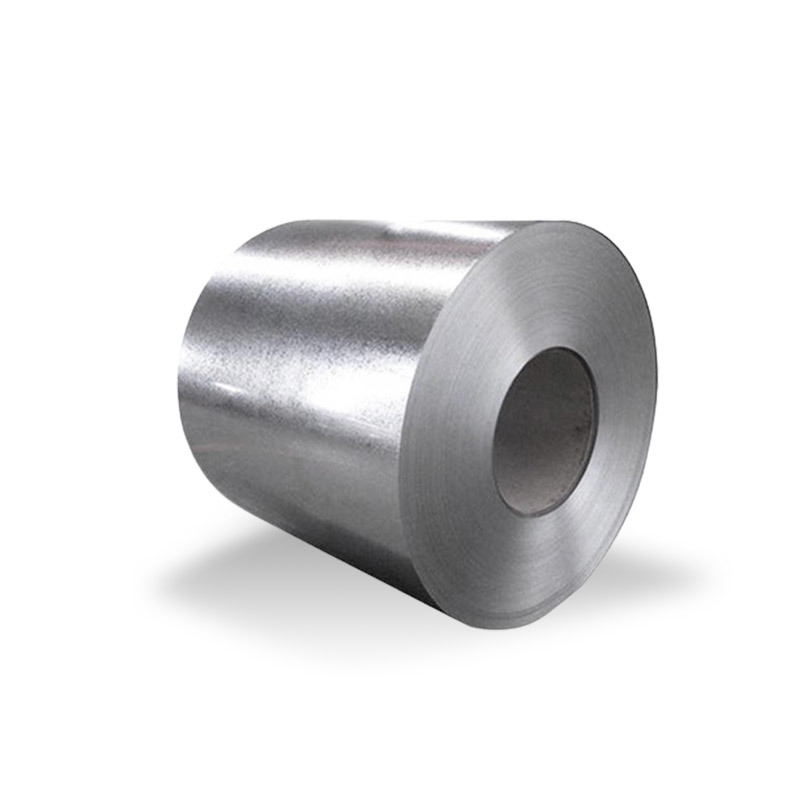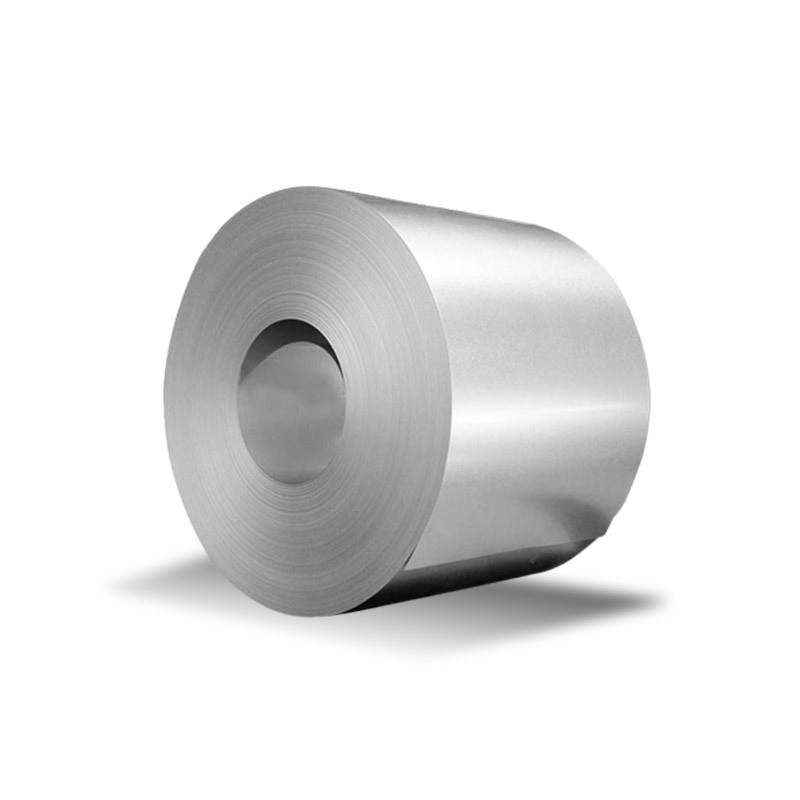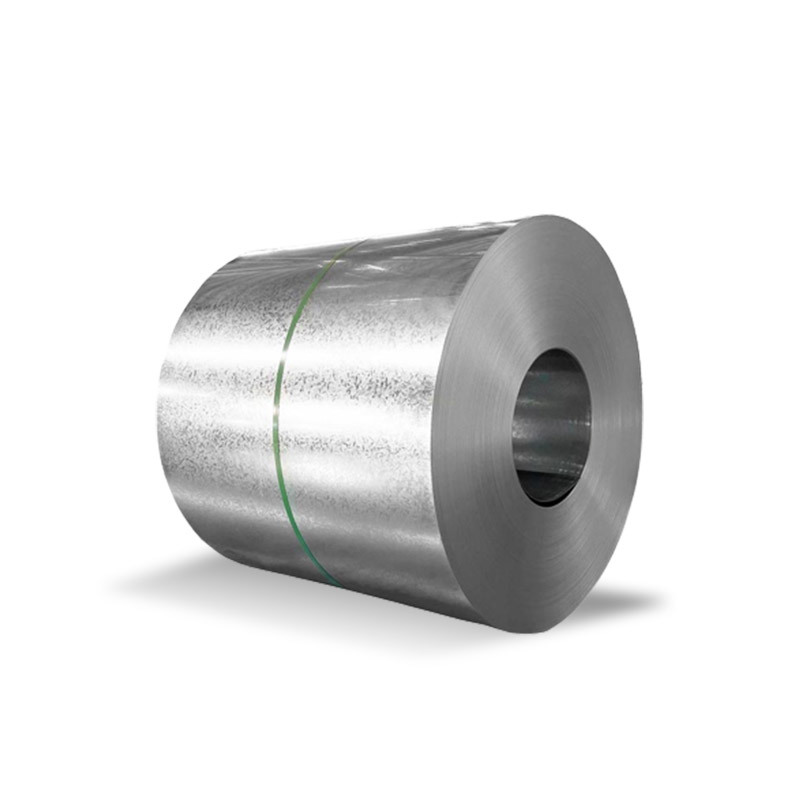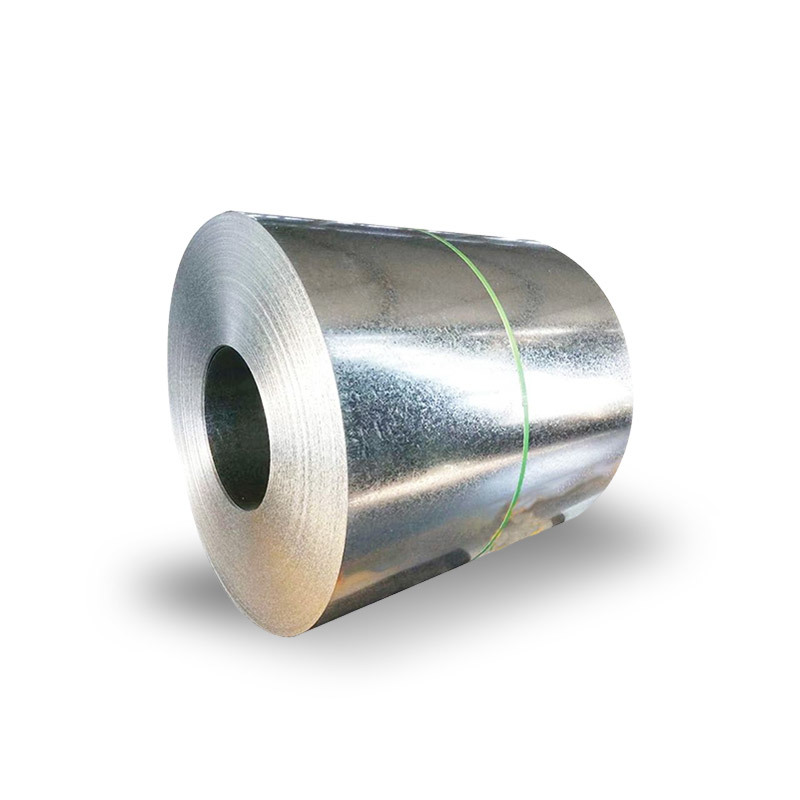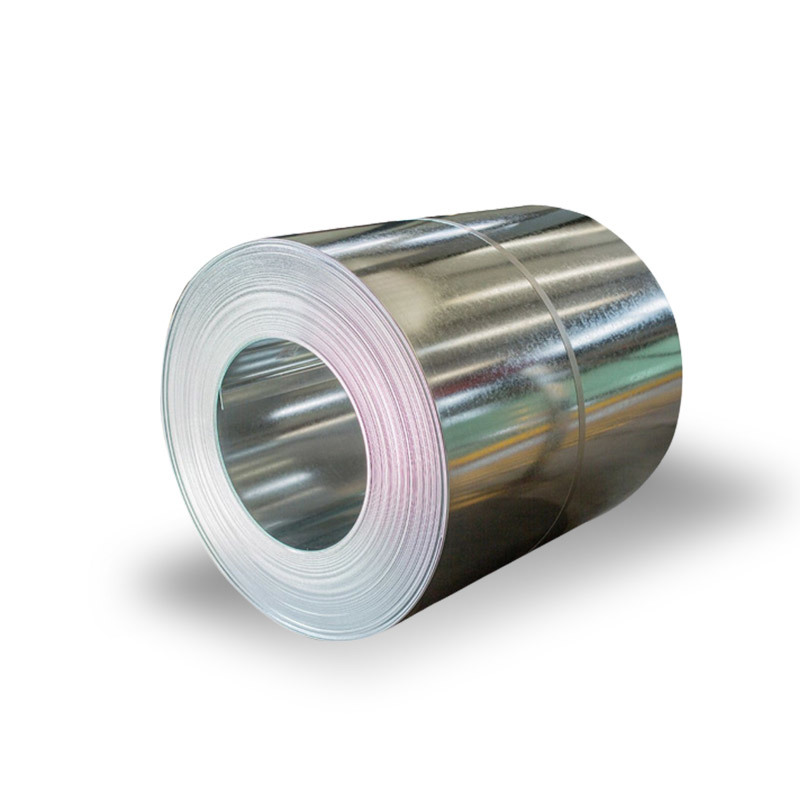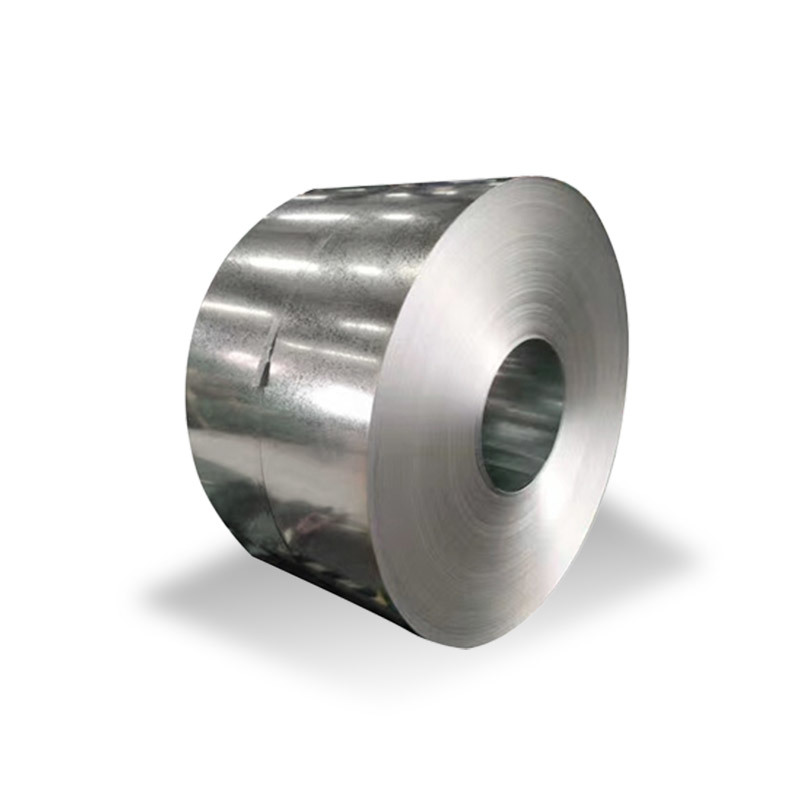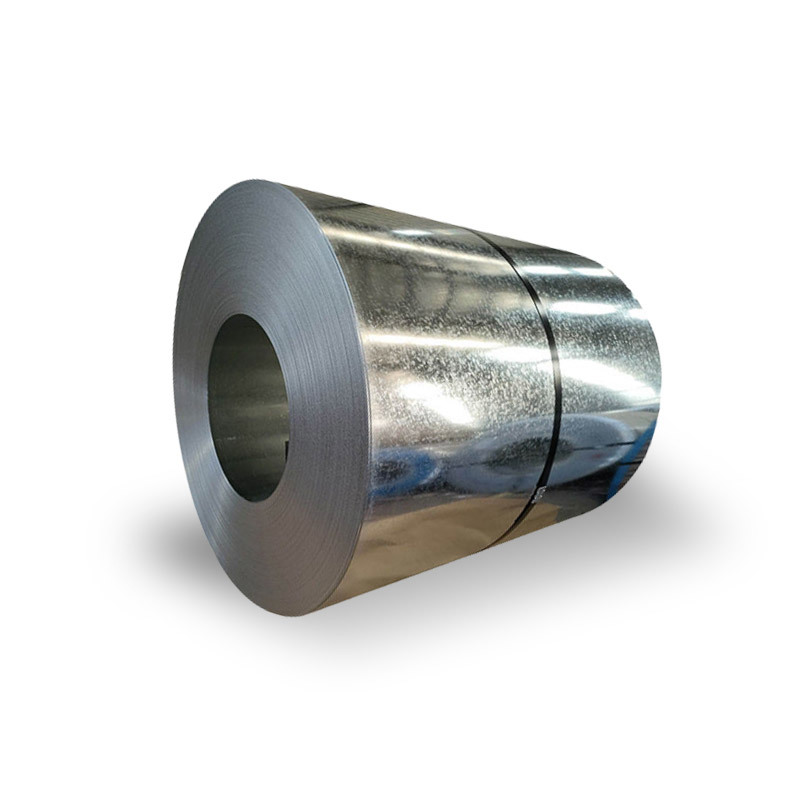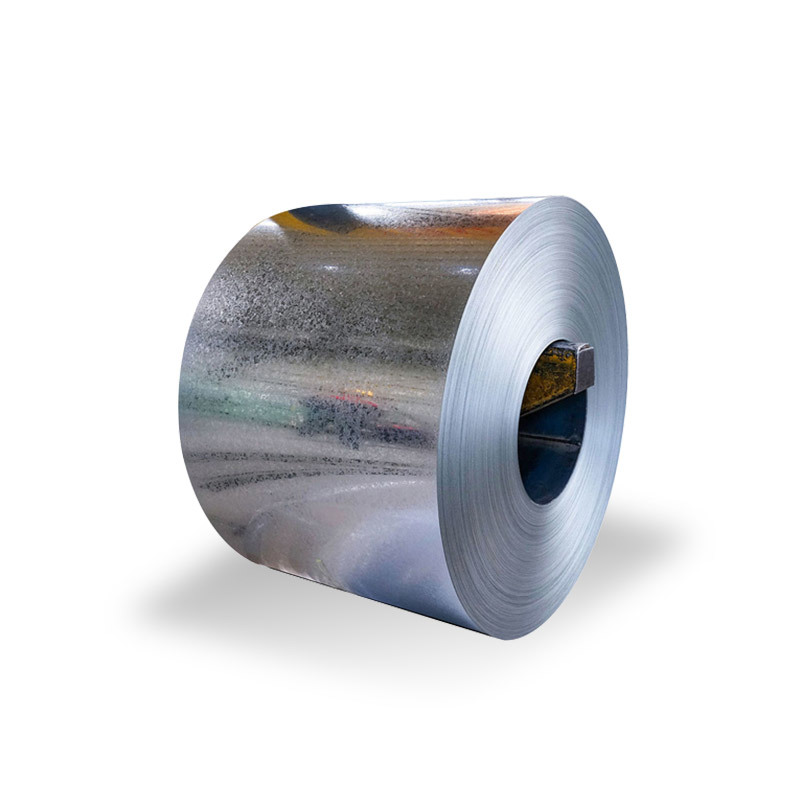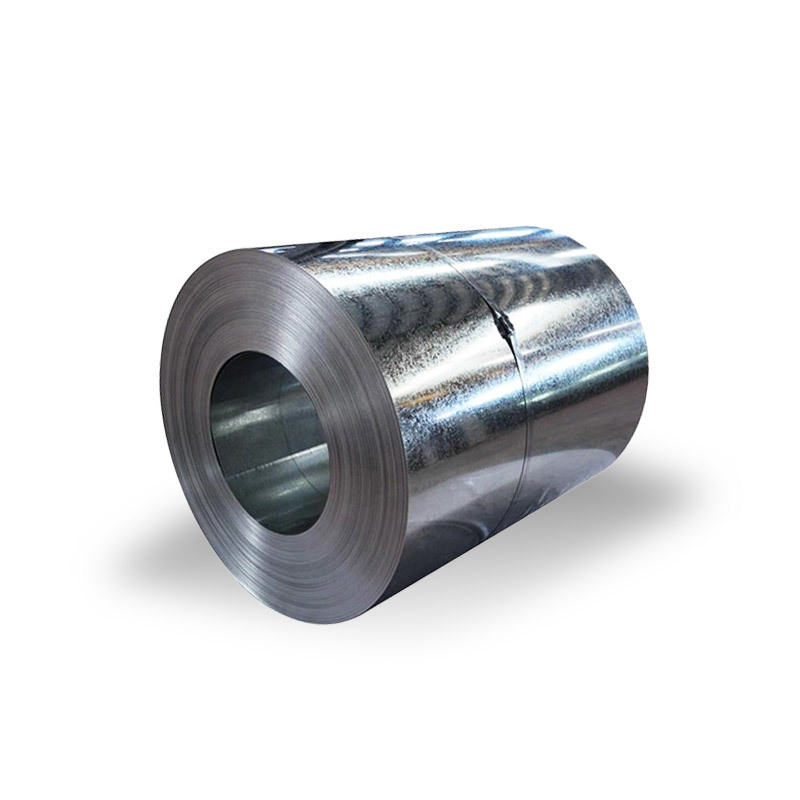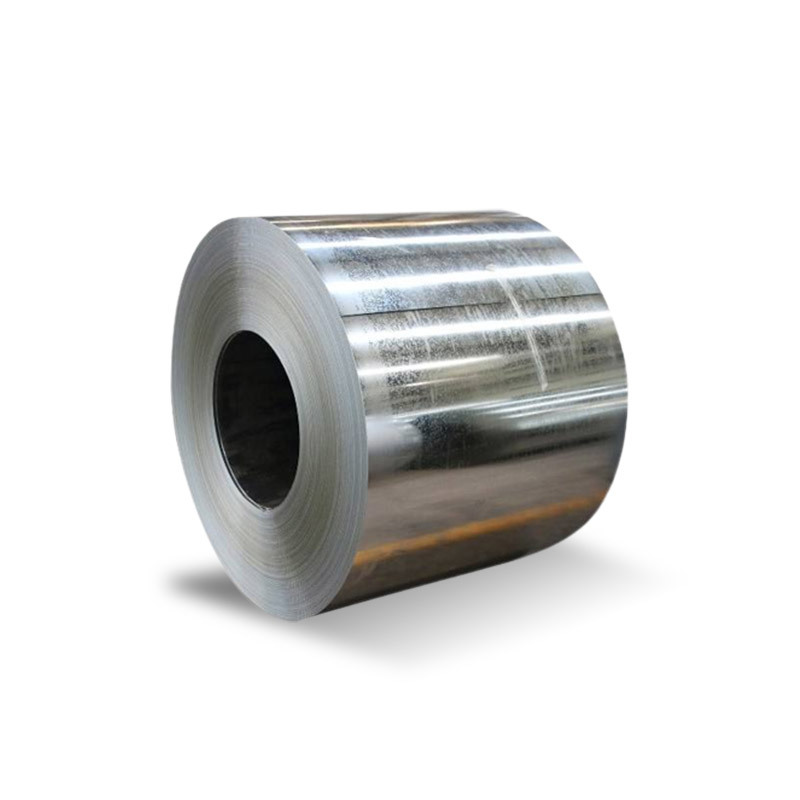PRODUCT CENTER
CONTACT US
If you are interested in cooperation, please contact us immediately, we will give you feedback as soon as possible!
Hot dip galvanizing is to make the molten metal react with the iron substrate to produce an alloy layer, so that the substrate and the coating are combined. Hot galvanizing is to pickle the steel and iron parts first. In order to remove the iron oxide on the surface of the steel and iron parts, after pickling, it is cleaned by ammonium chloride or zinc chloride aqueous solution or ammonium chloride and zinc chloride mixed aqueous solution tank, and then sent into the hot dip plating tank. Hot-dip galvanizing has the advantages of uniform coating, strong adhesion and long service life.
Prepainted Galvanized Steel Coil
When steel components are used to make more complex finished products, they can be galvanized before the product is assembled. This is called pre-galvanizing, or "pre-galvanizing". It may also be referred to as "in-line", "continuous" or "rolled" galvanizing. Essentially, steel components (such as sheets or wires) are galvanized using an automated process before they are cut to size.
The material of DX51D galvanized sheet is a non-ferrous alloy with zinc as the matrix and other elements. The main alloying elements are aluminum, copper, magnesium and so on. Zinc alloy has low melting point, good fluidity, easy plastic processing and welding, and resistance to atmospheric corrosion.
According to the manufacturing process, it is divided into cast zinc alloy and deformed zinc alloy. The commonly used casting zinc alloy is zinc-aluminum-copper-magnesium alloy, which has good casting process performance, and the cooling rate has little effect on the mechanical properties. They are mainly used in the manufacture of mechanical parts, toys, decorations and household appliances.
The Z150 in the DX51D Z150 galvanized steel coil is the actual coating name. The manufacturer describes the DX51D Z150 material as a mild steel galvanized layer for steel products. Specifically, DX51D is a steel grade characterized by its cold-formed bending and profiling qualities. The steel grade corresponds to steel grade 1.0917
The material of DX52D galvanized sheet is a non-ferrous alloy composed of zinc as the matrix and adding other elements. The main alloying elements are aluminum, copper, magnesium and so on. Zinc alloy has low melting point, good fluidity, easy plastic processing and welding, and resistance to atmospheric corrosion.
According to the manufacturing process, it is divided into cast zinc alloy and deformed zinc alloy. The commonly used casting zinc alloy is zinc-aluminum-copper-magnesium alloy, which has good casting process performance, and the cooling rate has little effect on the mechanical properties. They are mainly used in the manufacture of mechanical parts, toys, decorations and household appliances.
DX53D/ SGCD2/SGCD3 Galvanized Coil
The material of DX53D galvanized sheet is a non-ferrous alloy composed of zinc as the matrix and adding other elements. The main alloying elements are aluminum, copper, magnesium and so on. Zinc alloy has low melting point, good fluidity, easy plastic processing and welding, and resistance to atmospheric corrosion.
According to the manufacturing process, it is divided into cast zinc alloy and deformed zinc alloy. The commonly used casting zinc alloy is zinc-aluminum-copper-magnesium alloy, which has good casting process performance, and the cooling rate has little effect on the mechanical properties. They are mainly used in the manufacture of mechanical parts, toys, decorations and household appliances.
The galvanized steel coil Z275 is a double-sided galvanized carbon steel sheet. This is produced by a metal coating process that passes cold rolled coils through a bath filled with molten zinc. This continuous hot-dip plating or also known as electro-galvanizing is the main process that these carbon steel sheets must go through to produce coils and galvanized sheets. The process consists of applying zinc by electrolytic treatment. After the sheet is subjected to this treatment, a layer of zinc is adhered to the base metal through the iron and zinc bonding layer.
Z120 is the coating name, which means that the coating thickness on both sides is approximately 120g/㎡ or 36g/㎡ (three-point test) and 90g/㎡ (single-point test).
Z120 grade galvanized steel coil is coated with zinc to make it more durable. The working principle of the process is to immerse the coiled steel plate in a galvanizing tank filled with molten zinc. Through the continuous galvanizing process of the thin steel sheet, the galvanized coil is obtained. This type of steel has better formability and good paint adhesion in commercial or architectural use. Another method of producing galvanized steel sheet is through a hot-dip plating process. In this method, it is essential that the steel sheet is heat-treated at 500°C immediately after the exit of the can to form the alloy film coating.
Galvanized steel coils are covered with a zinc coating to provide corrosion resistance. G40 galvanized steel coil is a galvanized layer name or A653 standard specification specified in the hot-dip coating process galvanized (galvanized) or zinc-iron alloy (galvanized) steel sheet requirements. The G40 protective coating prevents moisture from reaching the steel structure, thereby improving the corrosion resistance of the steel. This can extend the life expectancy of the steel. G40 is the average coat weight and therefore provides moderate protection.
G60 is the coating grade of steel sheet after continuous hot dip plating process. G represents the "galvanized" or galvanized layer of the product. The number 60 refers to the thickness of the zinc around the steel sheet or the thickness of the entire double-sided coating. To get the amount of galvanizing on one side, you need to divide this number by two.
Galvanized steel sheet G60 is coated with molten zinc. After the continuous coating process at a speed of 600 feet per minute, the excess zinc on the steel plate is removed by high-pressure air. This is in order to produce the desired coating thickness. After cooling, the sheet is rolled into a roll, ready for manufacturing.
G90 refers to the coating type and coating weight on the steel coil or steel plate. "G" means that the coating is galvanized, that is, galvanized. Meanwhile, the number "90" represents the weight of zinc on the steel. G90 galvanized steel coil is hot-dip galvanized cold-rolled steel sheet to improve durability.
Hot-dip aluminum-zinc plated steel plate is also called aluminum-zinc plated plate, aluminum-zinc plated natural color plate, aluminum-zinc plated fingerprint resistant plate and aluminum-zinc plated light plate. As the surface coating of the plate is an alloy composed of aluminum, zinc and other trace elements, it has outstanding corrosion resistance and gradually replaces galvanized plate. Aluminum-zinc plated plate is mainly used for steel structure roof, wall surface, switch cabinet body and household appliance board.


